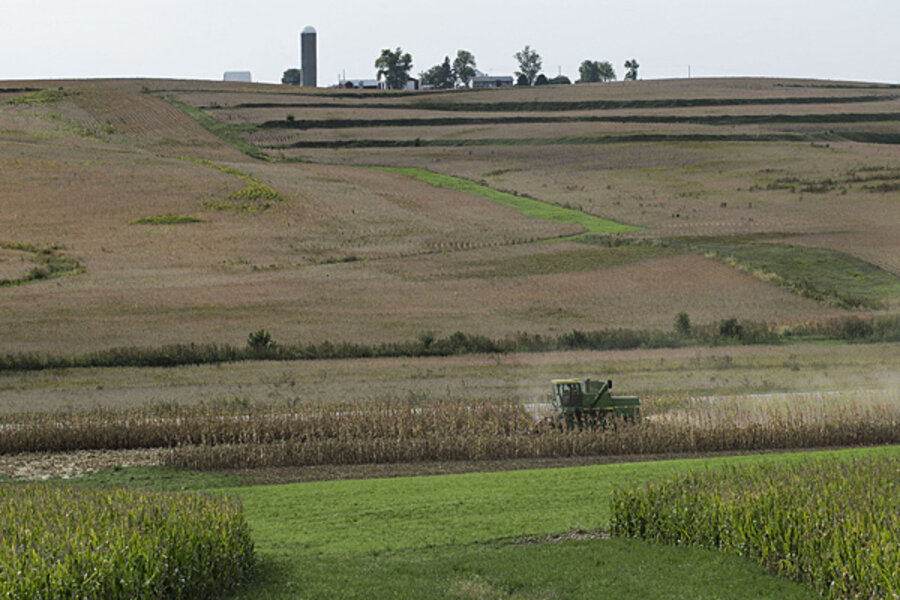For great vacation deals, find local destinations
Loading...
Several years ago, I picked up one of those tourism guides for Iowa, similar to the ones that many states put out to attract travelers to their state. I live in central Iowa, of course, so everything mentioned in that guide was within three hours of my house.
About four days and a lot of page-flipping later, I ended up marking about 200 things to see in Iowa with my family.
The items I marked were a mix of things, from obviously tourist-y places like the above depicted “Field of Dreams” to state parks and community festivals. I marked such things as the Grotto of the Redemption in West Bend and Ledges State Park in Boone. I noted the Neil Smith Trail and the Lewis and Clark Trail.
The things I marked in the guide were mostly free things. We wouldn’t have to travel too far to see them, and we could pack a sack lunch and make a day out of the trip to the location.
Alternately, it wouldn’t be hard to plan a weekend around these things, where we visit a community festival and camp at a state park in one corner of the state. (In fact, we’ve done this.)
This guide has led us to countless little day trips or afternoon excursions from our home, let alone weekend trips. We’ve discovered and explored lots of things, from Devonian-era fossil gorges to beautiful lakes and streams.
It’s all been virtually free, and it’s filled many days with fun.
How can you get started doing this? The first thing to do is to get a tourism guide from your state as well as a guide to the state parks in your state. Find out what’s close to you.
Sure, 80% of it won’t seem interesting, but if you find even a few things that you want to visit, you’re going to have a good time, likely at a low cost.
We usually plan a day around things that aren’t incredibly close to our location. We pack up a lunch, some snacks, and perhaps even a second meal and depart. Our only cost outside the house is the gas, and for the amount of enjoyment we get out of the trip, the $10 we spend on gas is a nice price. The activity is usually free and the food is as inexpensive as can be.
You don’t have to travel to see and enjoy wonderful things. They’re sometimes close enough that you can drive there in an hour or two. You just have to look for them.
This post is part of a yearlong series called “365 Ways to Live Cheap (Revisited),” in which I’m revisiting the entries from my book “365 Ways to Live Cheap,” which is available at Amazon and at bookstores everywhere.








